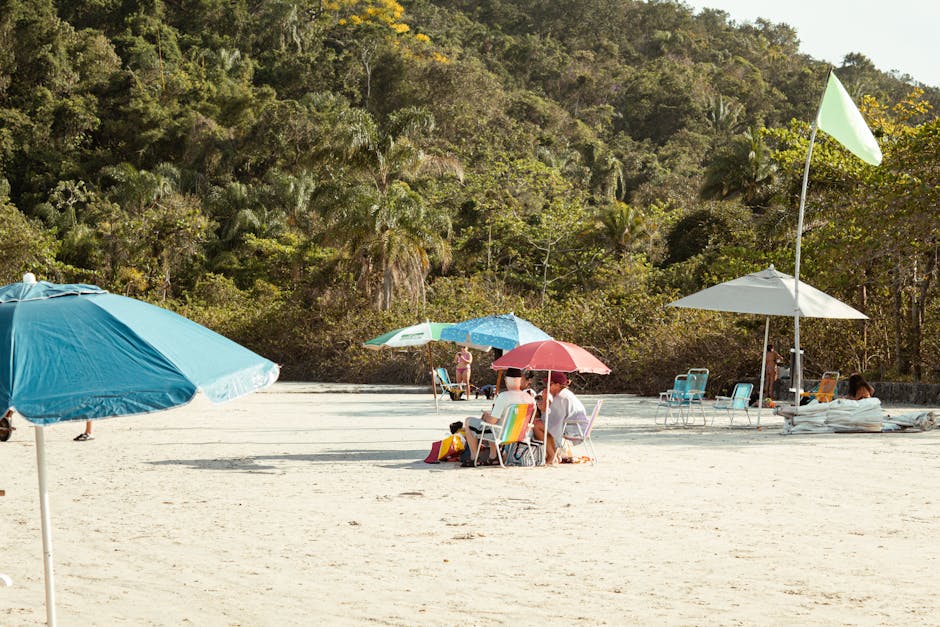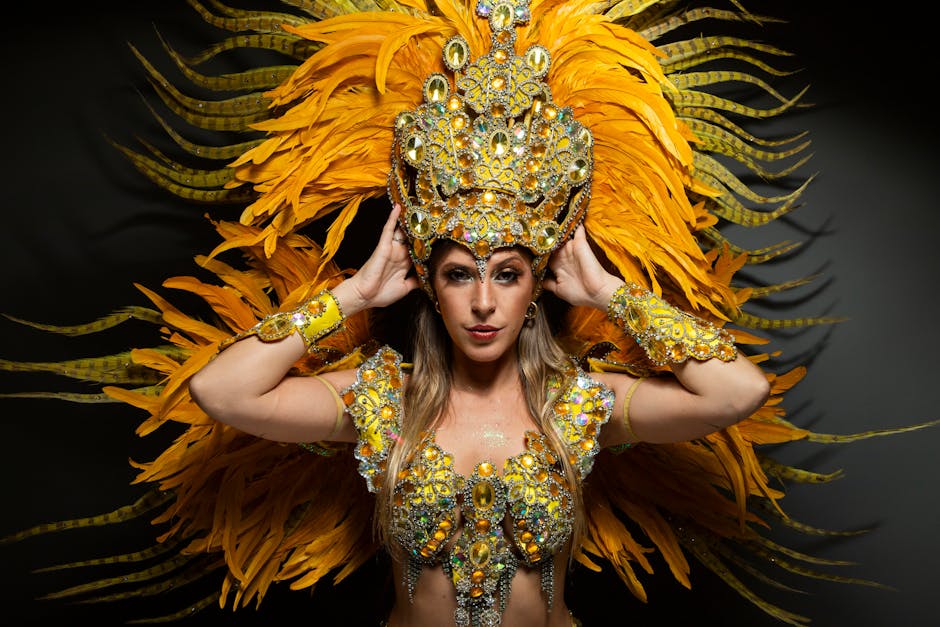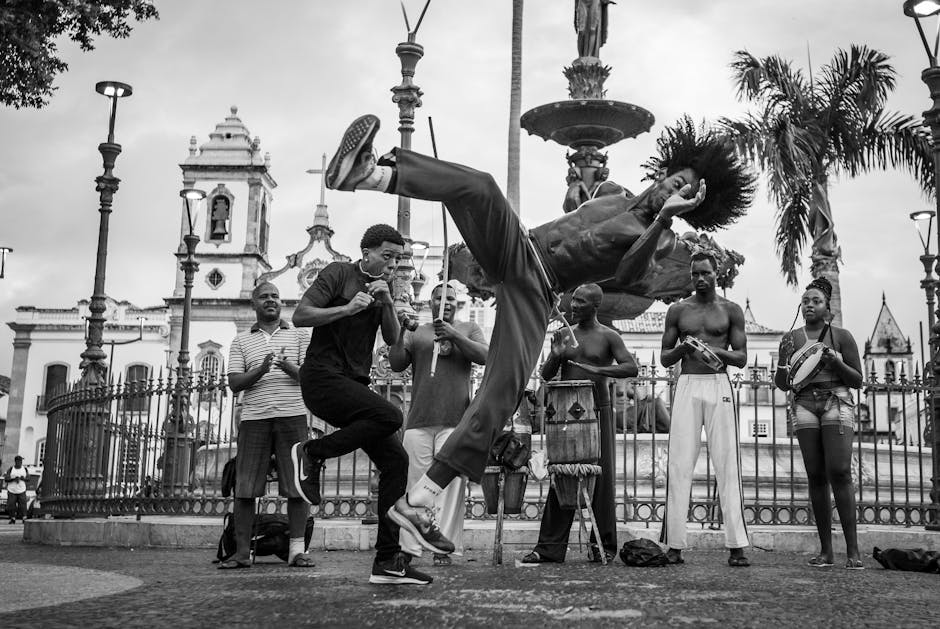- So, You're Dreaming of Brazil? Let's Find Your Perfect Timing.
- First Things First: A Quick Look at Brazil's Seasons
- A Traveler's Map: The Best Time to Visit by Region
- The Southeast: Rio de Janeiro, São Paulo & Minas Gerais
- The Northeast: Salvador, Recife & Miles of Coastline
- The Amazon Rainforest: Manaus & Beyond
- The Pantanal: The World's Best Wildlife Safari
- Planning Your Trip Around Brazil's Best Festivals
- When to Go for Your Favorite Activities
So, You’re Dreaming of Brazil? Let’s Find Your Perfect Timing.
Ah, brazil! The name itself conjures images of vibrant Carnival parades, sun-drenched beaches, and the mysterious depths of the Amazon rainforest. It’s a country so vast and diverse that trying to pin down the single “best” time to visit is like trying to choose your favorite grain of sand on Copacabana beach—nearly impossible!
The truth is, Brazil’s perfect season is entirely up to you. It depends on whether you’re dreaming of dancing in the streets of Rio, spotting a jaguar in the Pantanal, or simply sipping a caipirinha with your toes in the sand. Because Brazil is in the Southern Hemisphere, its seasons are the opposite of what you might be used to in North America or Europe. But it’s not just a simple switch. The country spans several climate zones, from the equatorial north to the temperate south.
So, let’s put the confusing charts aside and talk like friends. We’ll walk through Brazil, region by region and season by season, to help you find the window of time that’s just right for your adventure.
First Things First: A Quick Look at Brazil’s Seasons
Before we dive into the details, let’s get a general feel for the seasons. Think of this as your climate cheat sheet:
- Summer (December to March): This is the hot, sunny, and often rainy season for much of the country, especially the southeast. It’s also peak tourist season, thanks to Christmas, New Year’s, and the world-famous Carnival. Expect crowds, high energy, and higher prices.
- Autumn (April to June): Temperatures begin to cool down, and the heavy summer rains start to subside. This is a fantastic shoulder season with fewer crowds and pleasant weather, especially in cities like Rio and São Paulo.
- Winter (June to September): Don’t picture snow and ice! Brazil’s winter is mild and dry in most parts. The south can get genuinely chilly (bring a jacket!), but it’s a prime time for wildlife spotting in the Pantanal and exploring without the intense summer heat.
- Spring (September to December): Things start to warm up again, and the landscapes are often lush and beautiful. This is another wonderful shoulder season with great weather across the board before the big summer crowds arrive.
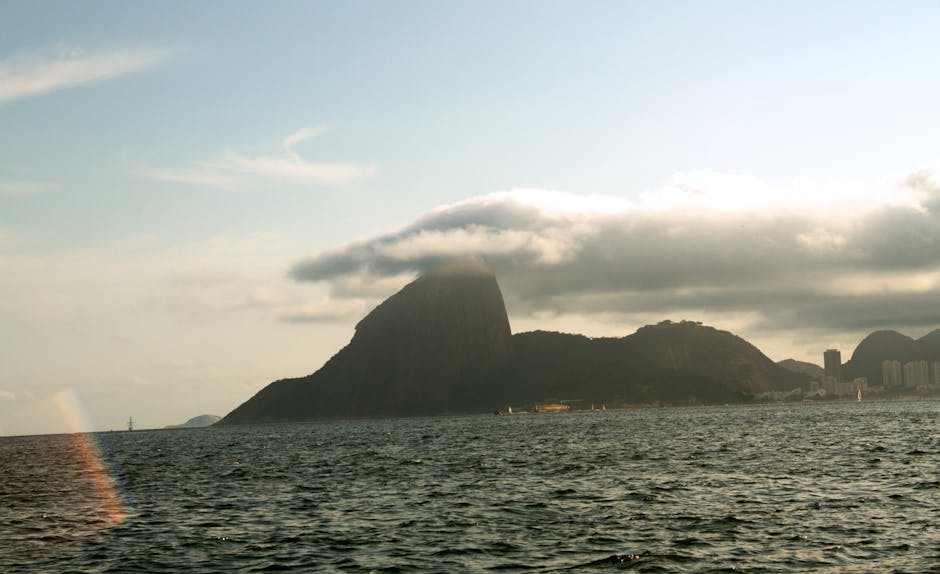
A Traveler’s Map: The Best Time to Visit by Region
Brazil is massive. A trip to the Amazon is a completely different experience from a beach holiday in Bahia. Let’s break down the main tourist regions to see when they truly shine.
The Southeast: Rio de Janeiro, São Paulo & Minas Gerais
This is the Brazil many people picture first: the iconic Christ the Redeemer, the bustling energy of São Paulo, and the colonial charm of Minas Gerais. The climate here is tropical and fairly predictable.
- For Ideal Weather: The shoulder months of April-May and September-October are pure gold. You’ll get warm, sunny days perfect for sightseeing and hitting the beach, but without the oppressive humidity and sudden downpours of high summer. The crowds are thinner, and the vibe is more relaxed.
- For the Party: If you’re coming for the big events, then summer (December-March) is your time. Réveillon (New Year’s Eve) on Copacabana is legendary, and Carnival (usually February or early March) is a bucket-list experience. Just be prepared for scorching heat, humidity, afternoon storms, and peak-season prices for everything. Book months, if not a year, in advance!
- For Mild Exploration: The winter months (June-August) are surprisingly lovely. Days are typically sunny and mild, perfect for hiking in Tijuca National Park or exploring São Paulo’s incredible food scene. Evenings can be cool, so pack a light jacket.
The Northeast: Salvador, Recife & Miles of Coastline
Welcome to paradise. The Northeast is famous for its stunning beaches, Afro-Brazilian culture, and consistently warm weather. The main thing to watch out for here is the rain.
- For Endless Sun: The dry season runs from September to February, and this is prime time for a beach vacation. You can expect day after day of brilliant sunshine and perfect blue skies. The sea is warm, and the coastal towns are buzzing with energy.
- The Rainy Season: From roughly April to July, the heavens can open up. While it doesn’t rain all day, every day, you can expect frequent and heavy showers. The upside? The landscape is incredibly lush and green, and you’ll find some of the best travel deals of the year. It’s a great time to explore the vibrant culture and history of cities like Salvador and Olinda.
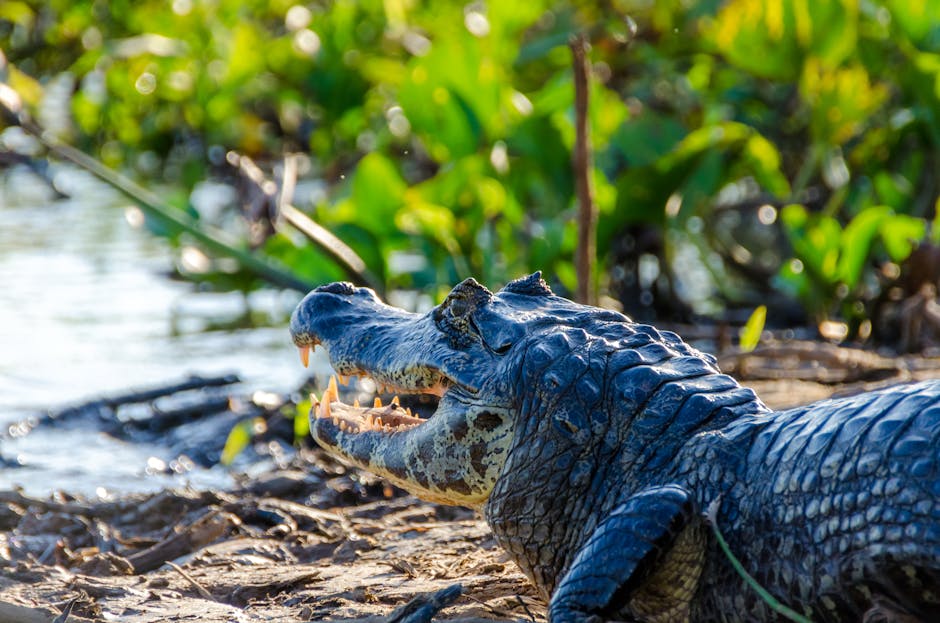
The Amazon Rainforest: Manaus & Beyond
Visiting the Amazon isn’t about “dry” vs. “wet” in the way you might think. It’s more about water levels, which dramatically change the landscape and what you can do.
- The “Drier” Season (Low Water – June to November): This is generally considered the best time for trekking. As the river levels recede, hiking trails in the jungle become accessible. There are also fewer mosquitoes and slightly lower humidity. It’s an excellent time for fishing and seeing river beaches form.
- The Wet Season (High Water – December to May): This is when the Amazon truly floods. The river can rise by several meters, flooding the forest floor. This isn’t a bad thing! It allows you to explore the jungle’s interior (the igapós) by canoe, gliding silently among the treetops. It’s a magical and immersive experience, offering a unique perspective of the ecosystem.
The Pantanal: The World’s Best Wildlife Safari
If seeing wildlife is your top priority, the Pantanal is non-negotiable. And timing here is absolutely critical.
- The Dry Season (April to September): This is, without a doubt, the time to go. As the seasonal floodwaters retreat, wildlife—from capybaras and caimans to giant river otters and the elusive jaguar—is forced to congregate around the remaining rivers and waterholes. This concentration of animals makes for spectacular and reliable sightings. The roads are also more passable, making it easier to get around.
- The Wet Season (October to March): The Pantanal floods, and the animals disperse across the vast wetlands, making them much harder to find. Many lodges close, and travel becomes difficult. It’s best to avoid this period if wildlife is your main goal.
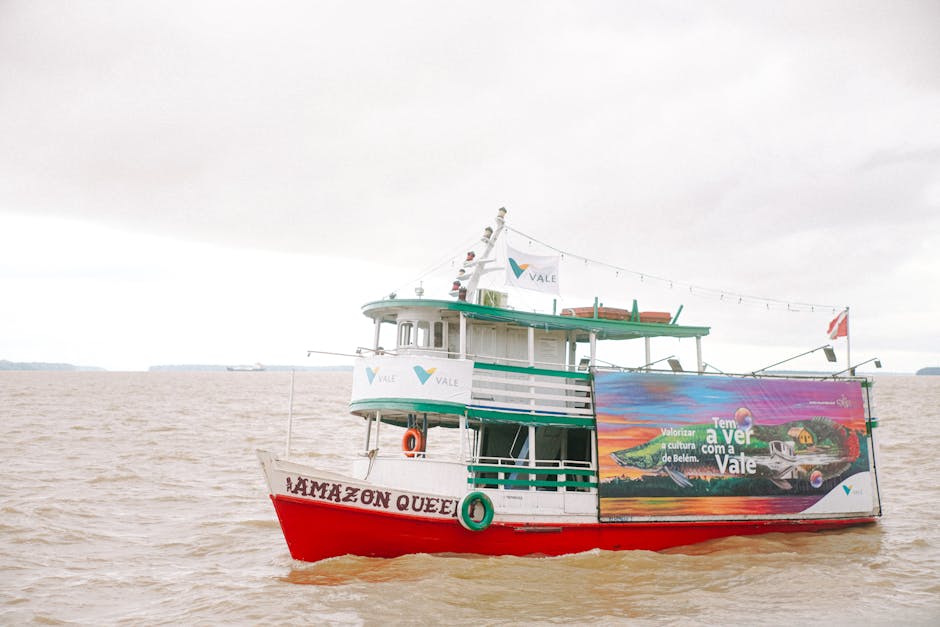
Planning Your Trip Around Brazil’s Best Festivals
Sometimes, your travel dates are chosen for you by a can’t-miss event. Brazil has some of the best in the world.
- Carnival (February/March): The biggest party on the planet. Rio’s Sambadrome parade is the most famous, but the street parties (blocos) are where the real fun is. Salvador and Olinda also host legendary, more participatory celebrations. This is the absolute peak of the high season.
- Réveillon (December 31st): Brazilians celebrate New Year’s Eve with incredible passion. The celebration on Rio’s Copacabana beach, where millions dress in white and watch a massive fireworks display, is an unforgettable experience.
- Festa Junina (June): These “June Festivals” celebrate rural life and saints with traditional music, square dancing, corn-based foods, and bonfires. It’s a more authentic, local experience, particularly strong in the Northeast.
When to Go for Your Favorite Activities
Let’s boil it all down. What do you want to do most?
- For Beach Bums: Head to the Northeast between September and February for guaranteed sun. For the iconic beaches of Rio, visit in a shoulder month like April, May, or October for great weather without the insane crowds.
- For Wildlife Photographers: The Pantanal from July to September is your holy grail. Period.
- For Hikers and Adventurers: The dry season (May to September) is best for trekking in national parks like Chapada Diamantina and Chapada dos Veadeiros, as the trails are safer and the waterfalls are still flowing.
- For Budget Travelers: Look at the shoulder seasons (April-June, Sept-Nov). You’ll find great deals on flights and accommodation, and you’ll often be rewarded with the best weather and a more relaxed travel experience. Avoid the period from Christmas through Carnival at all costs if you’re on a tight budget.

